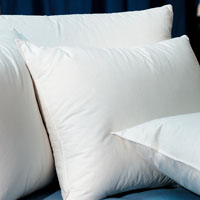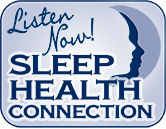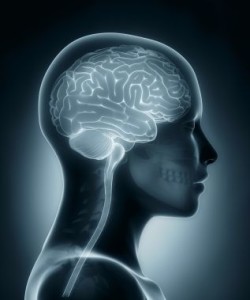You think you may have sleep apnea, or you snore…
 …but, you don’t want to spend a night taking a sleep test?
…but, you don’t want to spend a night taking a sleep test?
That’s a common reaction. Most people do not want to take the time or be inconvenienced by spending a night at a sleep center. We recently treated a 41 year old marathon runner that thought he was a “light” snorer. His wife insisted he woke her up several times each night. She had enough! She was waking up with headaches, irritable all day and basically at her wit’s end! Her husband went in for a sleep test, received his results and found he had moderate to severe apnea.
Top 3 Reasons to Schedule a Sleep Test
- Determine the severity of your snoring and/or apnea.
- Develop a treatment plan to help you and your bed partner sleep.
- Stop the detrimental effects that untreated apnea causes, including strokes, high blood pressure, erectile dysfunction, weight gain and heart attacks.
Your first step in scheduling a sleep test is to visit your primary care physician to discuss your concerns. Next, follow-up with a sleep test at a certified sleep center. Finally, request a copy of your sleep test to discuss and review with a knowledgeable medical professional trained in sleep disorders. Contact our office, we would be happy to refer you to a MD in the area that will help you determine the best treatment option for both your sleep condition and lifestyle. The options that should be presented to you? Positional therapy, CPAP-therapy and Oral Appliance Therapy. All of these treatment options may not work for you, however, know they are available. Be an advocate for yourself, know your options!!
Please call us if you have any further questions. 630/369-5508







(630) 369-5508